What light armored vehicles will be in demand in the future?
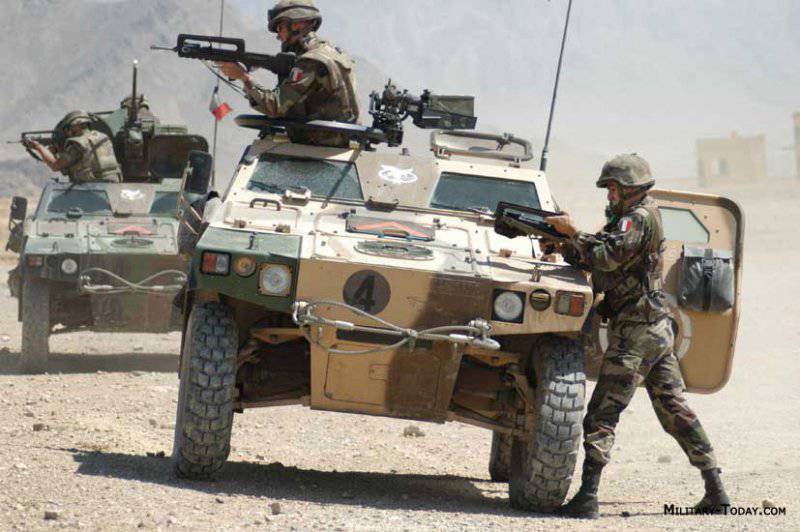
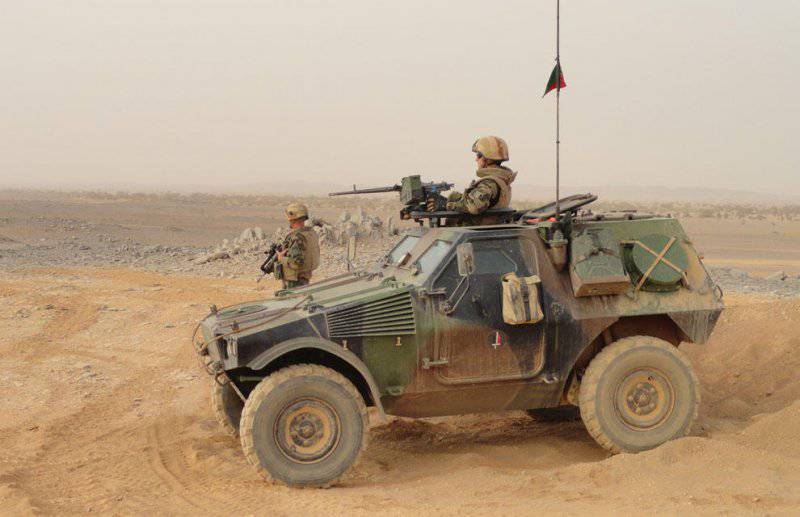
VBL machines of the French army in Mali during Operation Serval. The French army has significantly increased the armored component of its contingent compared with previous interventions
This may seem rather strange when you think about it, but despite the fact that people are born on land, not in water or air, in terms of their movement possibilities, the earth remains the most difficult environment. This is even more true for military mobility, where the ability to move from one point to another is influenced not only by the terrain, but also by the presence of the enemy. The widespread use of mines and roadside bombs in Iraq and Afghanistan, greatly impairing mobility, contributed to the emergence of a new category of vehicles called Mrap (Mine Resistant Ambush Protected - with enhanced mine protection). Machines in this category provided their crews with both ballistic protection and protection against mines and improvised explosive devices (IEDs), while the level of the latter gradually increased as the enemy honed his skills in this deadly art.
After the completion of the withdrawal from Iraq and the ongoing similar process in Afghanistan, the question arises, what will come next? Will future operations be conducted in Iraqi-type deserts or in highlands a la Afghanistan?
The latest military operation was Operation Serval, conducted by French troops in Mali in January 2013. Past military operations on this continent were carried out with the participation of unprotected vehicles, mainly high-capacity trucks, used as armored personnel carriers and weapon platforms. Operation Serval has become completely different historySince a significant part of the French contingent was equipped with armored vehicles, ranging from VBCI infantry fighting vehicles to VAB armored personnel carriers, light armored VBL vehicles and Xerax armored trucks, while the logistics still relied mainly on unprotected vehicles.
Although most areas in Africa offer a choice of route (mainly off-road), which reduces the chances of hitting a buried bomb compared to some of the Afghan valleys with their no-alternative routes, however, driving around Africa in light cars has become a dangerous thing. At the same time, according to French sources, the priorities in Mali were arranged in the following order: information gathering, firepower and protection.
As for mobility, the possibilities of African bridges (as a rule, these are floating bridges) and the size of roads in villages impose serious restrictions on the mass and size of vehicles used.
It is clear that restrictions on the mass and width of the machine are necessary because they can have a strong influence on military operations. After all, mass and width directly affect deployability, and strategic transport aviation has its limitations. But even more important is the availability of adequate landing area infrastructure; it is useless to have a fleet of large transports if the local landing strip is unable to receive and process a sufficient number of aircraft at the same time. And the larger the size of the car, the greater the number of shuttle voyages necessary for their deployment, because the seaport and convenient harbor are not always available.
Thus, reducing logistic load remains a priority, especially for drop-off areas. Another difficult region is Southeast Asia, where many areas have soft soils. Of course, light tracked vehicles will have better mobility on them. As for the new missions in the Middle East region (read Syria), the scenario with a high probability of enemy actions in urban environments should remain dominant.
The extent to which the troops involved in Iraq and Afghanistan in recent years could be involved in multinational missions in one of the above-named regions is a matter of policy. Although it is clear that if governments urge the military to control some contingents in these areas, they will need maximum flexibility. While the US military participation in Africa is growing, at the moment it is limited mainly to military assistance. European countries in many respects take a very similar position, although the only non-African country in this part of Africa is France. Other large countries operating on the African continent also avoid direct hostilities. On the other hand, African countries express their intention to independently deal with local contingents, although in many cases the involved military forces could not provide sufficient reliability.
The main military power in Africa, of course, is South Africa, which ultimately ordered the 264 Badger 8x8 wheeled combat vehicles in various configurations. They will gradually replace the Ratel 6x6 currently in service, as well as other vehicles, such as the Casspir and Mamba. The new machine is based on the Patria AMV chassis and is armed mainly with the Denel 30 mm turret. In order to increase mine protection, it used LMT Flat Floor Technology, which thus interrupted the line of machines with a V-shaped bottom that had been in service with the South African army. With a total mass of 27 tons, it contrasts sharply with the Ratel 19 ton machine.
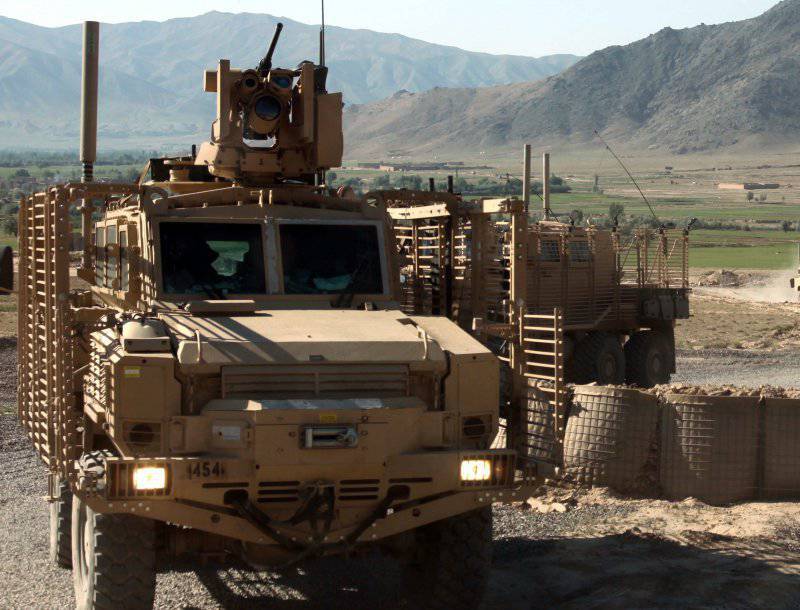
Because of their mass and size, not all Mrap operating in Iraq and Afghanistan are suitable for other types of terrain.
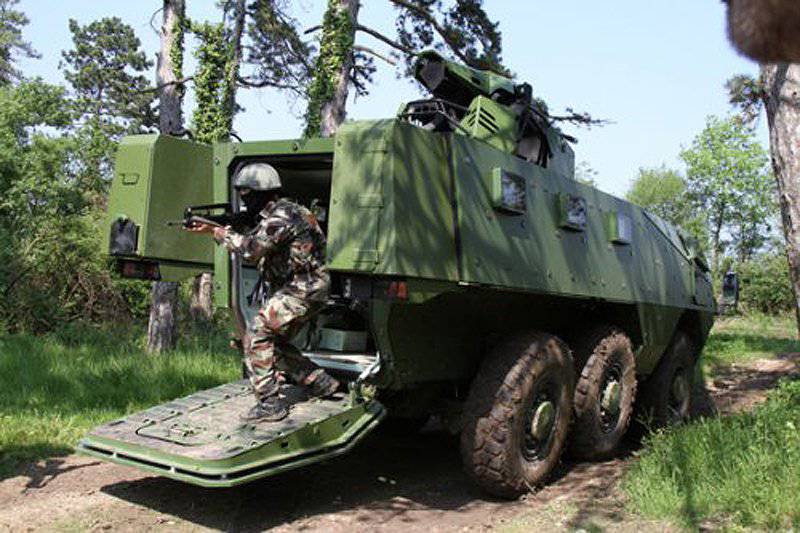
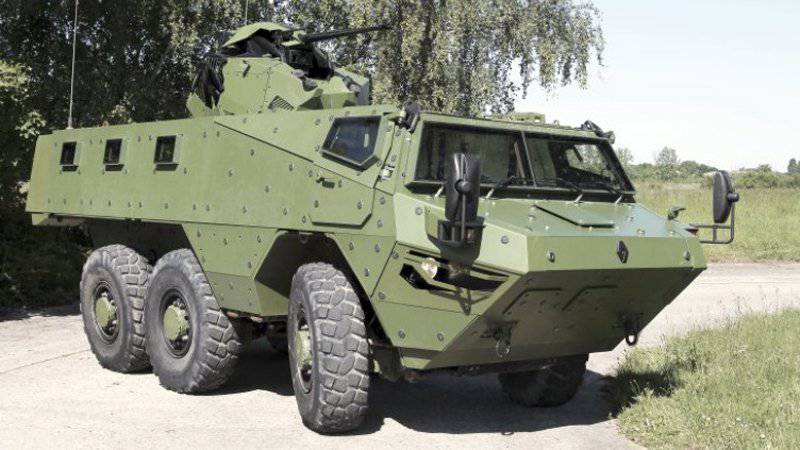
VAB Mk III is equipped with a TRT tower from BAE Systems. Renault Trucks Defense offers this option to those armies that need effective and affordable BTR / BMP
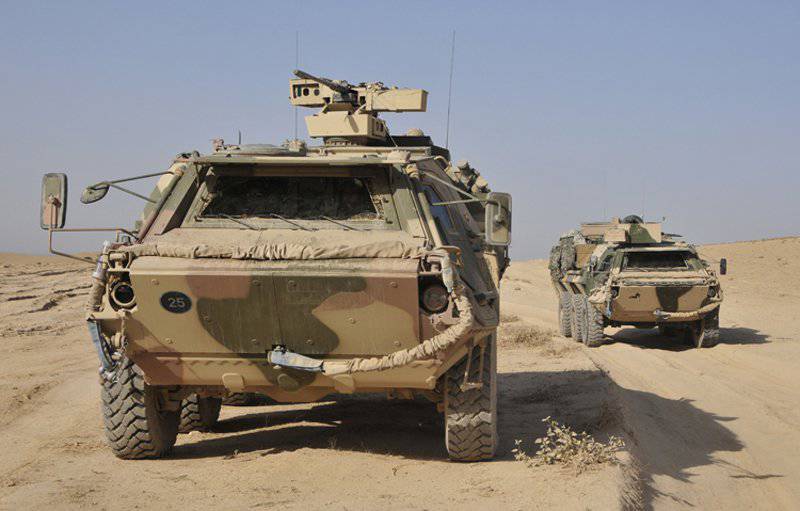
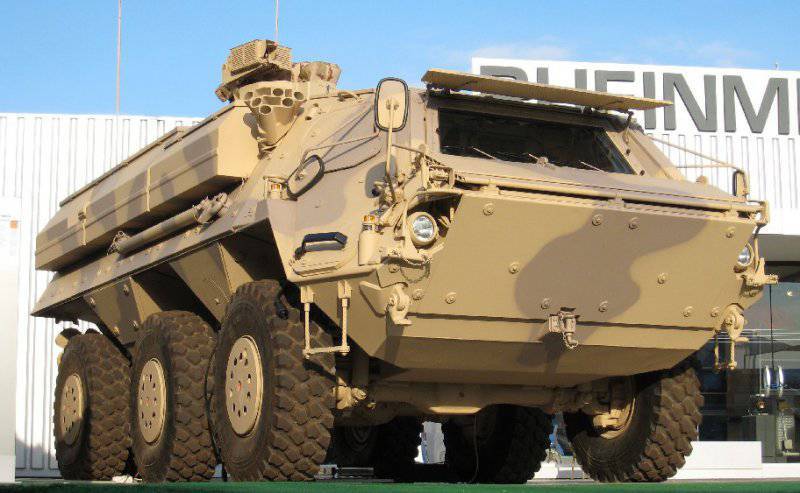
The Rheinmetall Fuchs machine, developed during the Cold War era, is well adapted to new scenarios and is actively marketed around the world.
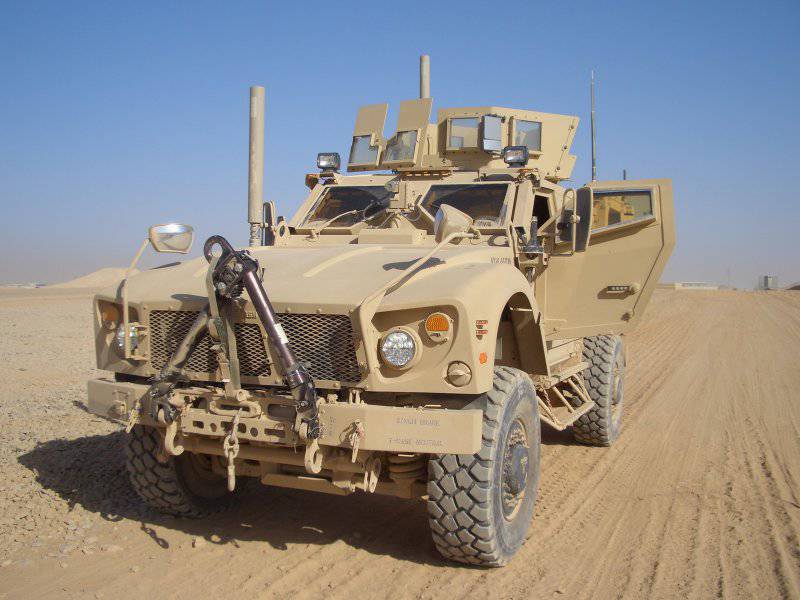
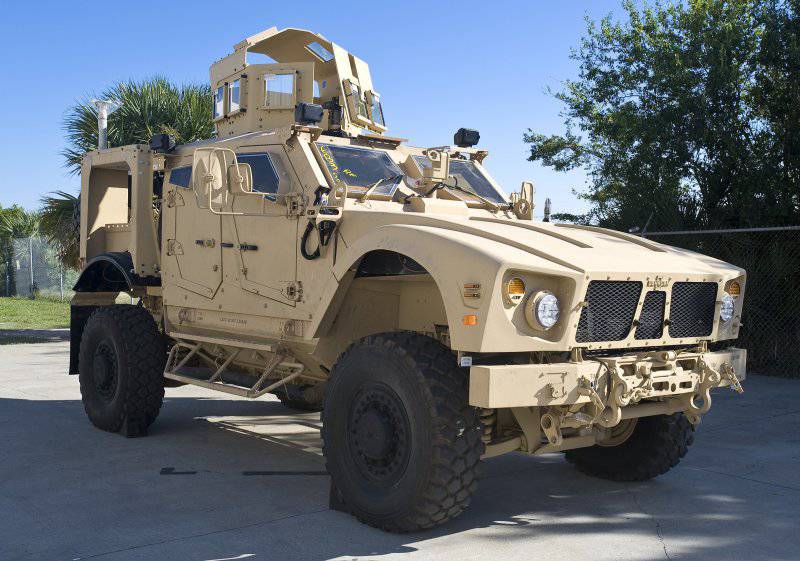
Oshkosh M-ATV in Afghanistan. This armored car appeared as a result of the analysis of the experience gained; compared with the previous "behemoths" it has a reduced size and weight, as well as an independent suspension
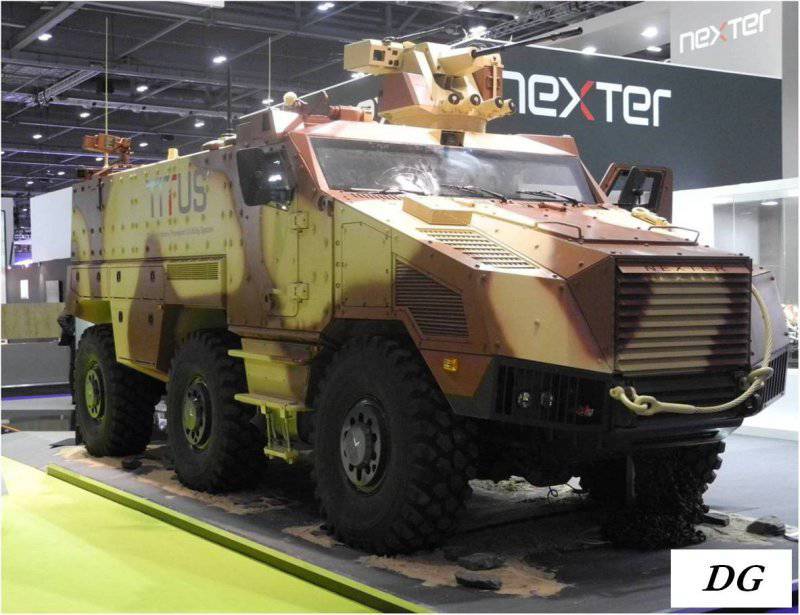
Very advanced, brand new and yet affordable at the price. Nexter’s Titus APC combines a proven Tatra chassis with a modern armored body and a Cummins engine
Free help and not only
Algeria is another African country that can afford to purchase new armored vehicles. He turned to Germany with an application for the purchase of the first batch of Fuchs 52 machines in the BTR configuration with the intention in the future to buy some more. With a weight of 19 tons and a width of three meters, this machine with the wheel formula 6x6 should provide good permeability on the soils of North Africa.
If smaller machines are needed, the Algerian army will buy Nimr cars designed and manufactured in the United Arab Emirates by a company with the same name and a member of the Tawazun group. In the armored 4X4 configuration, the machine has a width of the entire 2,2 meter and a total weight of about 10 tons. This model is likely to gradually spread throughout North Africa thanks to the plant in the city of Henchela in 400 km from the capital of Algeria.
In fact, Libya became the first buyer of the Nimr light machine. More 150 machines were delivered and most of them were in an armored configuration with an increased level of 3 protection. The latest 49 pieces were delivered at the start of 2013, as a gift to a new Libyan government. Italy for its part donated 20 cars Puma 4x4. The Libyan army also has a light wheeled vehicle BRDM 4х4, inherited from the Cold War times. Most of these machines will be upgraded, a contract for which was signed with the Serbian company South Import.
Kenya also began to update its armored vehicles by purchasing the 8 BRDM-3. Although the acronym means reconnaissance machine should not be confused with light machines BRDM and BRDM-2 4х4. It has a wheel configuration 8x8 very similar to the configuration of the BTR-80A; In a car with a total mass of approximately 15 tons, the crew of the 3 man is located plus six paratroopers. The Kenyan army bought over 60 machines MNUMX-26 of the Mrap type manufactured by South African OTT Technologies, which participated in the fight against Somali rebels Al-Shabab.
In the pictures, the Nimr 6x6 machine with different combat modules; UAE company is actively promoting its family of cars and becoming a new player in the market of light armored vehicles.
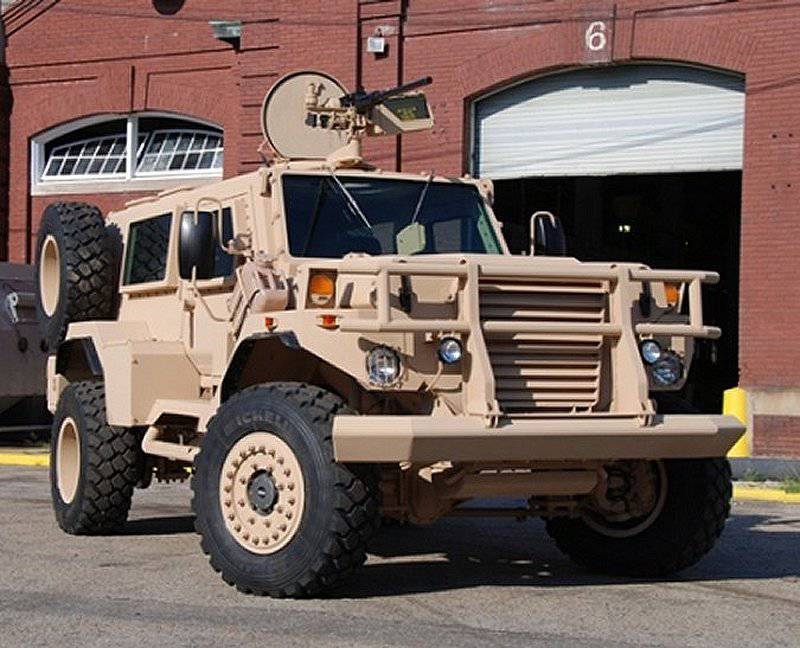
The Protector family of vehicles from Mobile Armored Vehicles can provide protection in a wide variety of scenarios.
Video presentation Protector II from Mobile Armored Vehicles with my subtitles
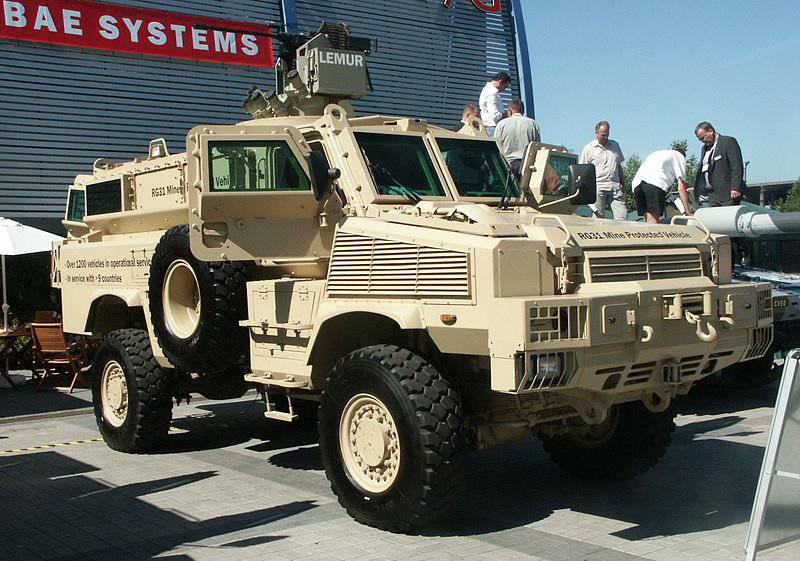
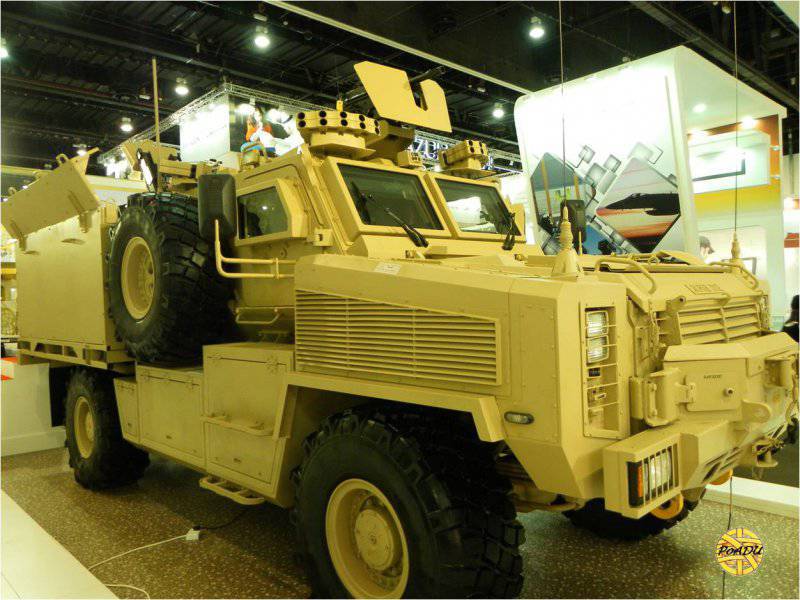
BAE Systems is ready to manufacture its RG31 (pictured in Mk5E configuration) with the level of protection needed by the customer.
Production in Africa
Production of machinery in Africa is mainly concentrated in South Africa. BAE Systems is definitely a major manufacturer with its RG family. The company supplied the RG-32 model to the countries that used these machines in UN military operations on the continent. And it is not surprising, since RG-32 is the smallest member of the family with a width of almost 2,2 meters and a mass of not more than 10 tons. A large number of cars Casspir and Mamba are in service with many African countries. BAE Systems developed the RG Protector 15 ton machine based on the RG-32 project and proposed it in the 4xXNNXX and 4x6 variants.
For the African market, BAE systems offers the RG-31 model in the Mk5 version, which weighs 18,6 tons, and the RG-32 model, which also comes in smaller versions with lower levels of protection in order to cope with the weight restrictions imposed by bad roads. continent.
South African company Mechem Vehicles (a division of Denel) is currently producing a Casspir 2000 machine. Its catalog also contains models Casspir MkII and MkIV. In 2013, Denel Mechem announced a contract for 10 Casspir 2000 machines for the army of Benin, while 15 machines were manufactured for the UN.
Another South African company ICP manufactures armored vehicles; Its models Reva III, IV and V 4x4 weighing from 9 to 13 tons, serve not only in South Africa, but also in Somalia, Equatorial Guinea and South Sudan. Paramount is also a major player, its Mbombe 6x6 BTR provides all-situational awareness, while the Marauder and Matador 4x4 models are Mrap machines with a total mass of 18 tons.
Chad made the European choice by purchasing Acmat Bastion Patsa 22 machines from the French company Renault Trucks Defense, all of which were delivered in 2013 year. Unarmored Acmat cars are quite common in Africa. Morocco is another major customer of Renault in North Africa, its army is using VAB 6x6, which will soon need to be upgraded or replaced.
These are just a few examples of machines that are currently used on the continent with numerous potential hot spots. Few African countries can afford to purchase a large number of vehicles, but the provision of cheap or generally free military equipment always remains a lever of influence on any region. Consequently, a surplus of Mrap class cars, formed in connection with the withdrawal from Afghanistan, could be a solution in some markets, although not all such machines are suitable for operation in some areas.
It was recently claimed that the US Army could have left approximately MNX Xrap machines equally divided between M-ATV and MaxxPro, although specialized equipment, such as Mrap for route clearing, could also remain in operation. It is not yet clear how many such Mrap machines will be exported to their homeland. According to some sources, the US should not leave the most advanced (read better protected) options to the Afghan security forces. With a possible course of events, it is quite understandable that some of them may fall into the hands of insurgents. These vehicles can be used as real targets with the aim of improving the rebels of their roadside bombs and IEDs. The consequences of this will be terrible, because it could mean spreading knowledge throughout the terrorist community. The same sources also speak of returning to their homeland even those machines that cannot be repaired, in order to give the opponent any useful information. However, it is clear that the surplus Mrap will have an impact on the armored vehicles market in the coming years, in particular in areas not too concerned about the standards of road suitability.
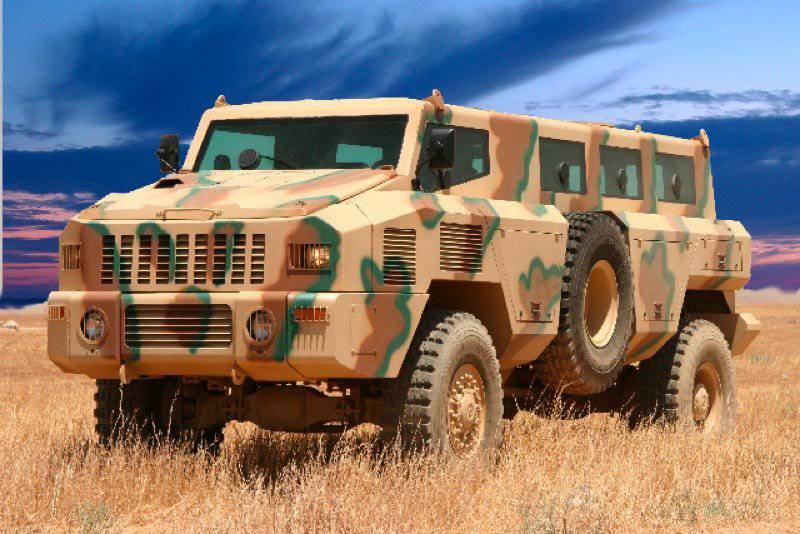
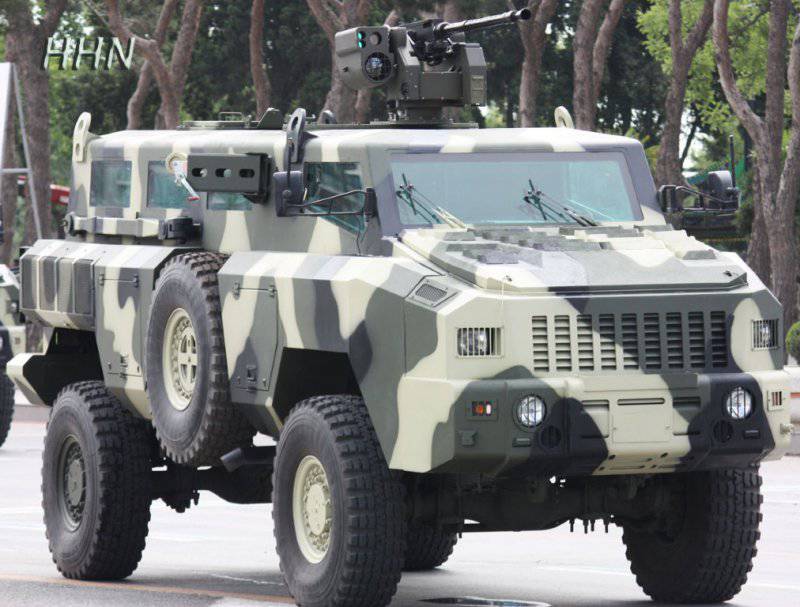
Paramount is one of the most innovative South African players. In the pictures, her newest product is a Matador machine.
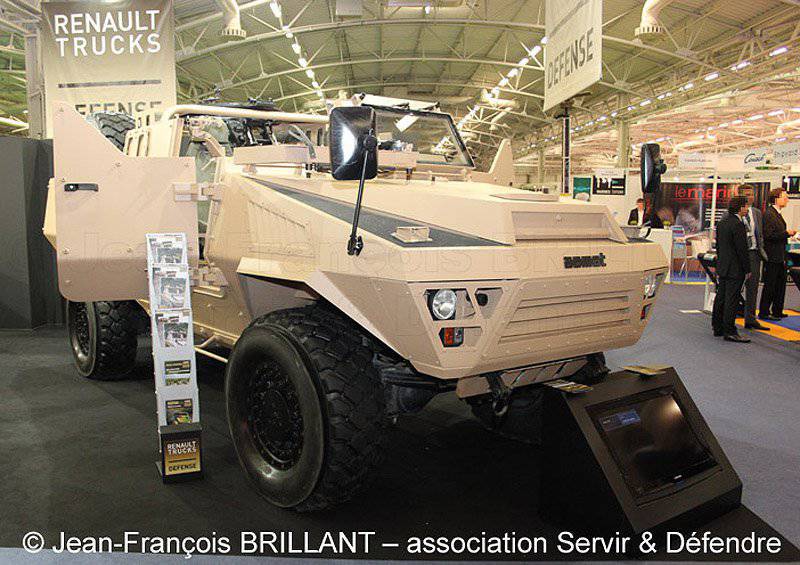
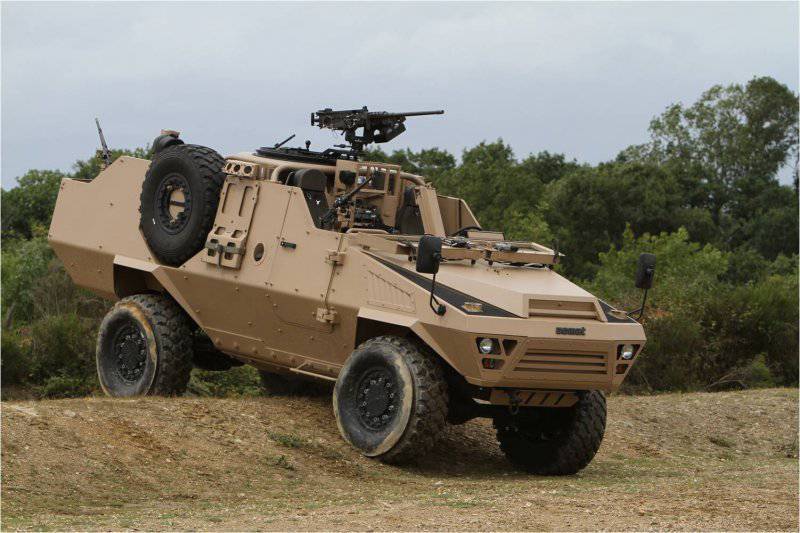
The army of Chad armed some units with Bastion Patsas machines from Renault Trucks Defense. These "semi-protected" machines are mainly operated by special forces.
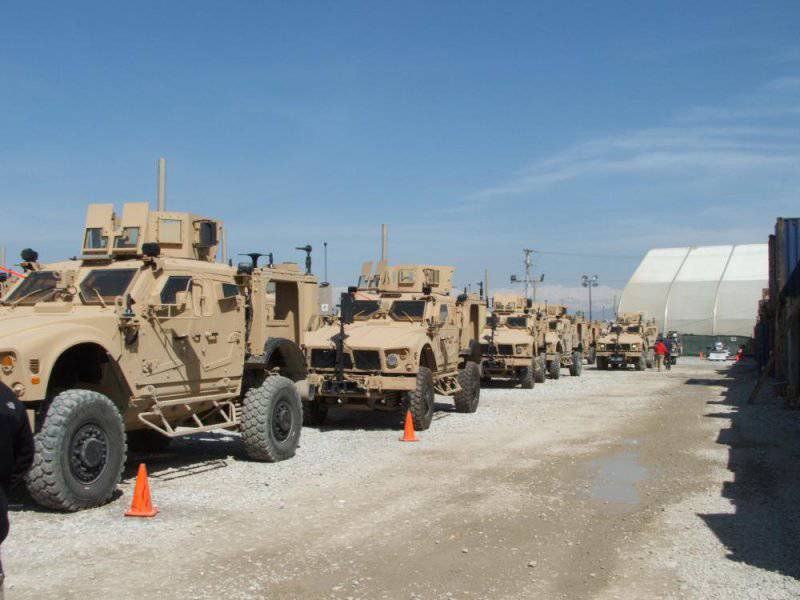
The United States purchased over 20000 Mrap machines of various modifications and the US Army plans to leave only 6000 of them. How many of the remaining cars hit the market remains an open question
In the Middle East, a growing number of players in the market of armored vehicles. In addition to the aforementioned Nimr, the Streit Group also develops new machines at its plants in the United Arab Emirates, Canada, USA, India, Russia and Pakistan. The model range varies from the Varan 6x6 BTR / BMP (the prototype is undergoing sea trials) to the modular Scorpion and Typhoon families (available in 4xXNNXX and 4x6 configurations and with independent suspensions). Another company Armored Group has production facilities in the Emirates, Canada and the United States. Her Batt machines (Ballistic Armored Tactical Transport - ballistic defense combat vehicles) were sold to Angola, Chad, Ethiopia, Nigeria, Uganda, but also to other countries, such as Saudi Arabia and Oman in the Middle East, and to Ecuador and Mexico in Central America
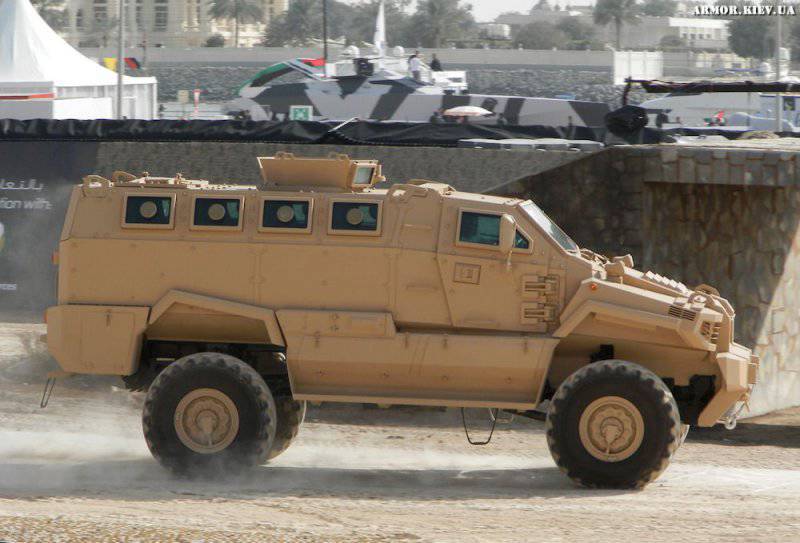
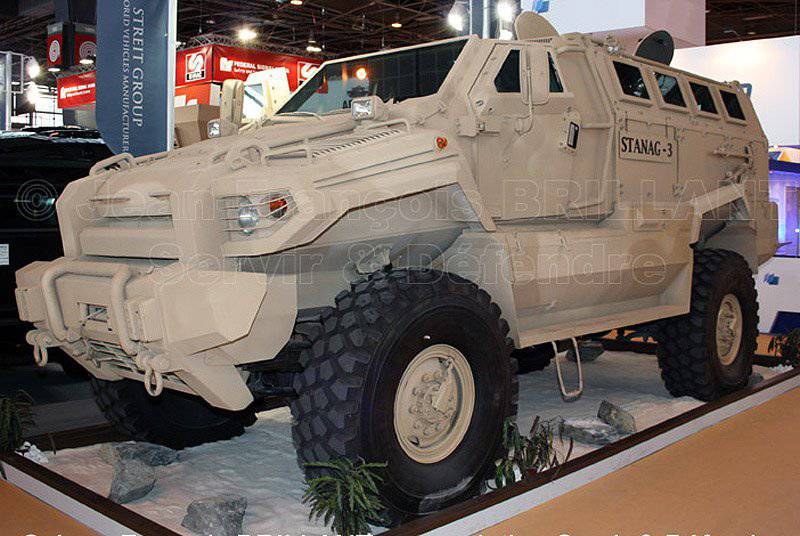
The Typhoon 4x4 type Mrap machine with 12,5 tons of tons is offered by the Streit Group - a developing company in the field of armored vehicles.
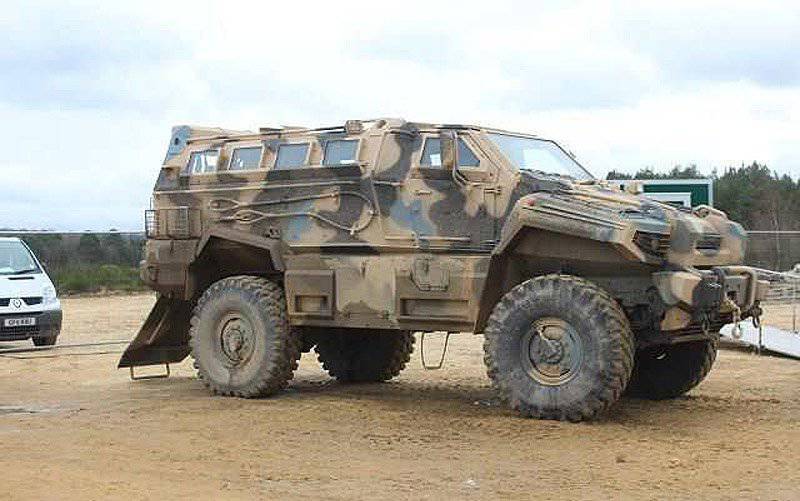
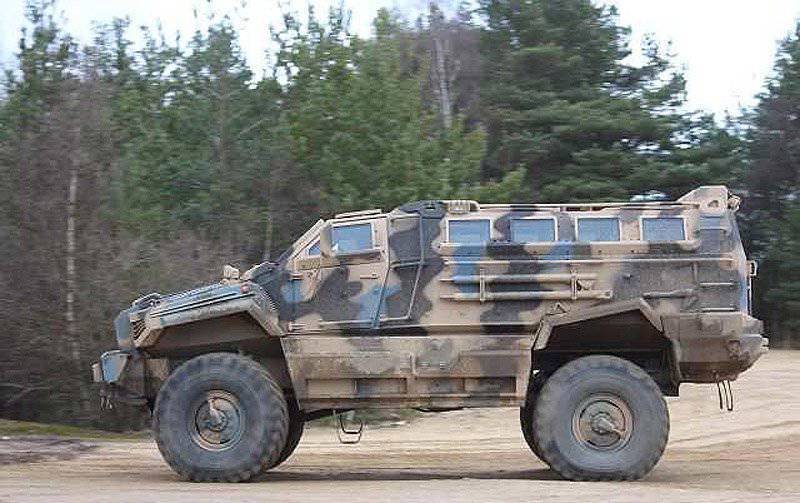
The Streit Group has plants in the UAE, Canada, USA, India, Russia and Pakistan. It expands its product line and, in addition to MRAP-type vehicles, produces BTR and BMP.
South America and the Far East
South America and the Far East are huge markets, as many armies upgrade their weapons. In Latin America, the largest contract was signed between the Brazilian army and Iveco do Brasil on 2044 VBTP-MR Guarani 6xXNNUMX armored personnel carriers. In addition to good secure mobility and firepower, this machine is considered optimal for the participation of the Brazilian contingent in UN missions. At the end of October, the Brazilian army completed the first operational tests in urban environments and it is not surprising that it deployed its car in Haiti on the eve of the elections scheduled for the beginning of 6.
While few local manufacturers are active in the business of armored military vehicles, and defense budgets appear to continue to decline, many international companies are looking at this region of the world to compensate for military equipment procurement processes in national and western markets. The same applies to other areas, such as India with its huge market, but China is still banned for many Western companies.
However, there are several competing companies in the Far East. Some may conduct independent development, while others are at a sufficiently advanced stage of “development” in order to take part in joint development programs. For example, in Malaysia, Deftech currently manufactures its AV-8 8x8 BTR / BMP based on the Turkish FNSS PARS 8x8 chassis. Singapore’s STK proactively developed Terrex 8x8, while South Korean companies, such as Doosan DST and Hyundai Rotem, have been offering wheeled armored personnel carriers in 6x6 and 8X8 configurations for their national army for many years.
China, of course, remains a very large manufacturer, although at present its main, if not the only customer is the Chinese army, at least as far as vehicles are concerned.
Japan has always clearly fulfilled the prohibition imposed on itself for the export of arms. However, this may soon change, since Tokyo needs to play a more active role in peacekeeping operations, which will obviously lead to a partial lifting of the ban adopted at the end of World War II. America is currently focusing on the Pacific region, where terrain and terrain may differ more strongly than anywhere else. Soft soils cover large areas and determine the use of light tracked vehicles. In this regard, one of the latest developments of Kaplan, presented by the Turkish company FNSS, is approaching Alvis CVR (T) in figures of specific ground pressure. Kaplan tracked vehicles could win on a similar terrain. It remains to be seen how many armies deploy the "correct" vehicles in their next contingents.
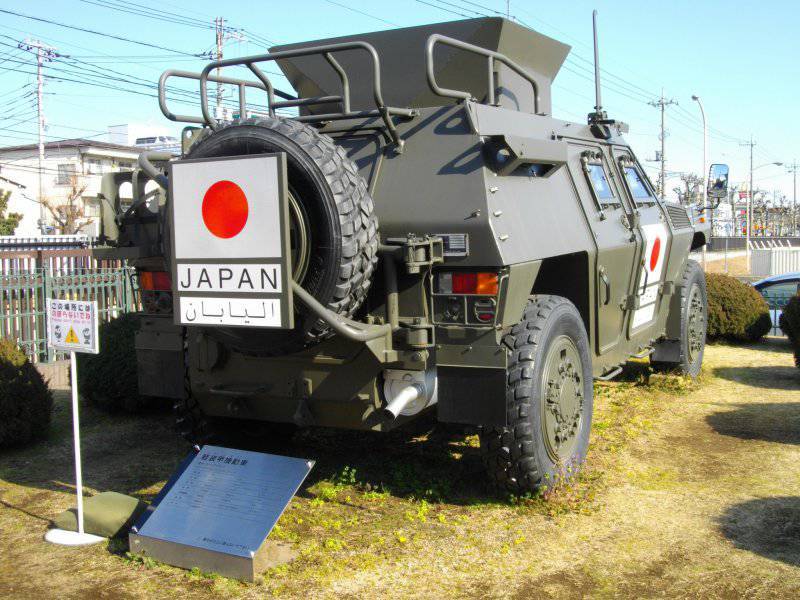
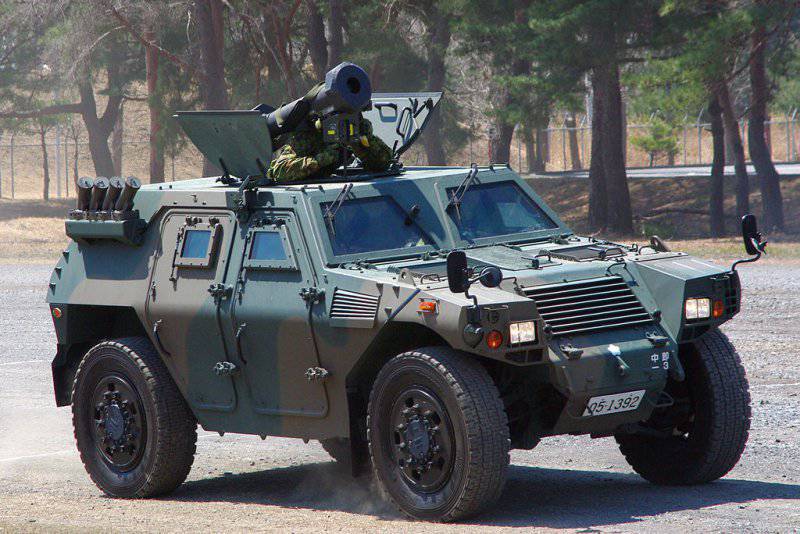
Over 1500 Komatsu light armored vehicles are in service with the Japanese Self-Defense Forces. Japan may revise its prohibition policy and become a new player in the secure mobility market.
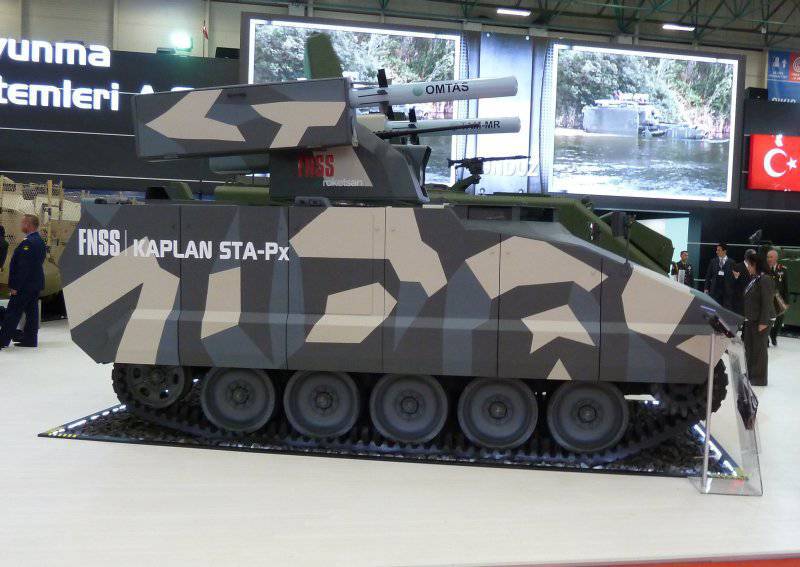
The Kaplan light tracked vehicle is shown by FNSS in 2013 year. It creates low pressure on the ground, which provides good permeability on soft soils, which can be found in Southeast Asia
Materials used:
Armada International Compendium Air, Sea and Land Mobility 2013
www.nexter-group.fr
www.baesystems.com
www.armored-cars.com
www.mavehicles.com
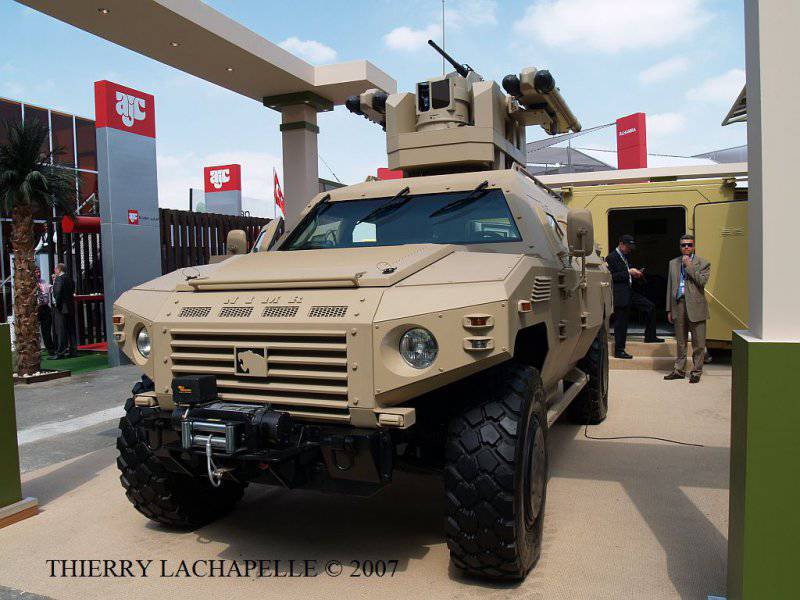
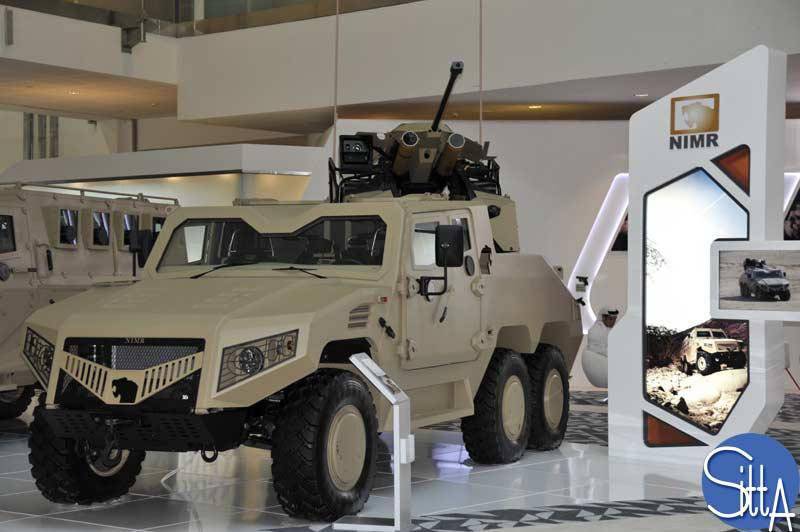
Information